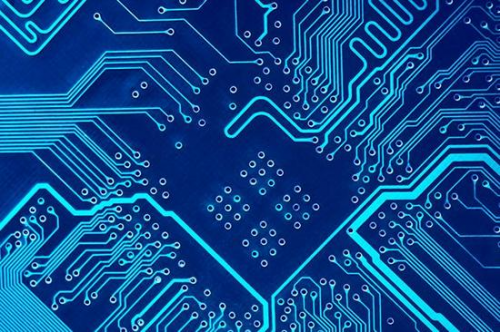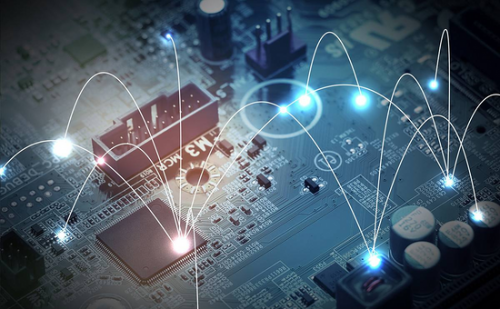I believe that many people are not unfamiliar with PCB circuit boards, and may be heard often in daily life, but they may not know much about PCBA, and may even be confused with PCB. So what is PCB? How did PCBA evolve? What is the difference between PCB and PCBA? Let’s take a closer look.
About PCB
PCB is the abbreviation of Printed Circuit Board, translated into Chinese is called printed circuit board, because it is made by electronic printing, it is called “printed circuit board”. PCB is an important electronic component in the electronics industry, a support for electronic components, and a carrier for electrical connection of electronic components. PCB has been extremely widely used in the manufacturing of electronic products. The unique characteristics of PCB are summarized as follows:
1. High wiring density, small size and light weight, which is conducive to miniaturization of electronic equipment.
2. Due to the repeatability and consistency of the graphics, errors in wiring and assembly are reduced, and equipment maintenance, debugging and inspection time are saved.
3. It is conducive to mechanization and automatic production, which improves labor productivity and reduces the cost of electronic equipment.
4. The design can be standardized to facilitate interchangeability.
About PCBA
PCBA is the abbreviation of Printed Circuit Board +Assembly, which means that PCBA passes through the entire manufacturing process of PCB blank board SMT and then DIP plug-in.
Note: Both SMT and DIP are ways to integrate parts on the PCB. The main difference is that SMT does not need to drill holes on the PCB. In DIP, the PIN pins of the parts need to be inserted into the drilled holes.
SMT (Surface Mounted Technology) surface mount technology mainly uses mounters to mount some tiny parts on the PCB. The production process is: PCB board positioning, solder paste printing, mounter mounting, and reflow Furnace and finished inspection.
DIP means “plug-in”, that is, inserting parts on the PCB board. This is the integration of parts in the form of plug-ins when some parts are larger in size and are not suitable for placement technology. The main production process is: sticking adhesive, plug-in, inspection, wave soldering, printing and finished inspection.
*The difference between PCB and PCBA*
From the above introduction, we can know that PCBA generally refers to a processing process, which can also be understood as a finished circuit board, which means that PCBA can only be counted after the processes on the PCB board are completed. The PCB refers to an empty printed circuit board with no parts on it.
Generally speaking: PCBA is a finished board; PCB is a bare board.
Post time: Jan-13-2021








